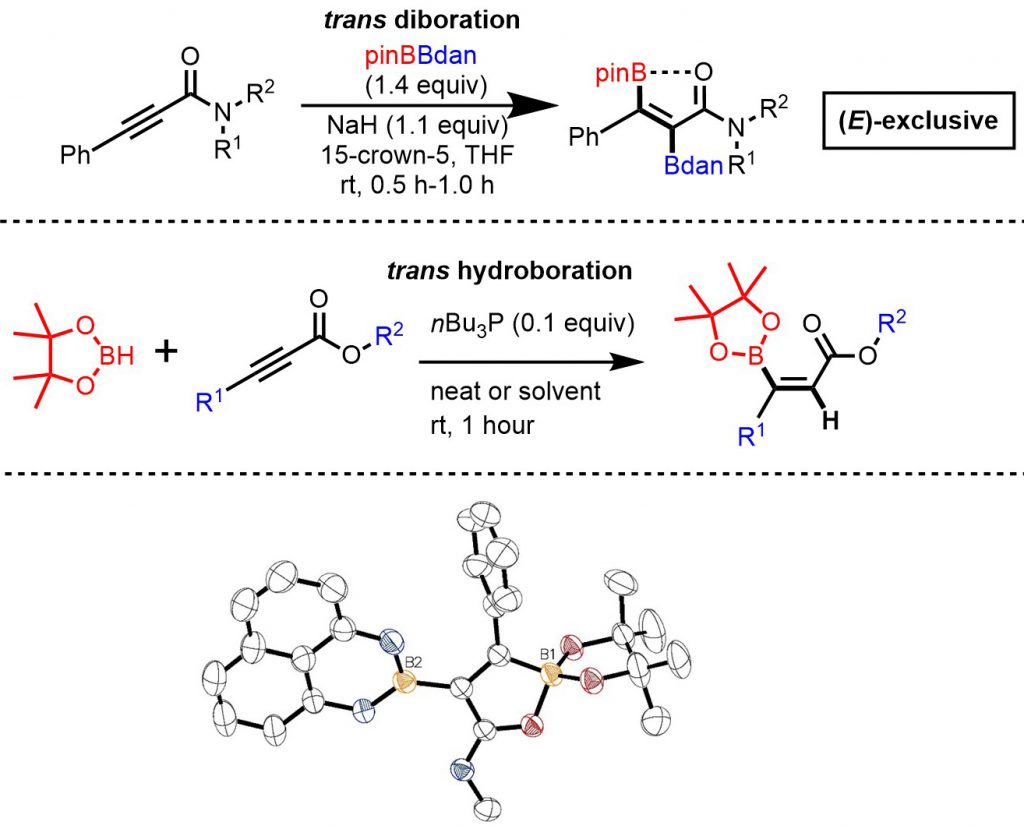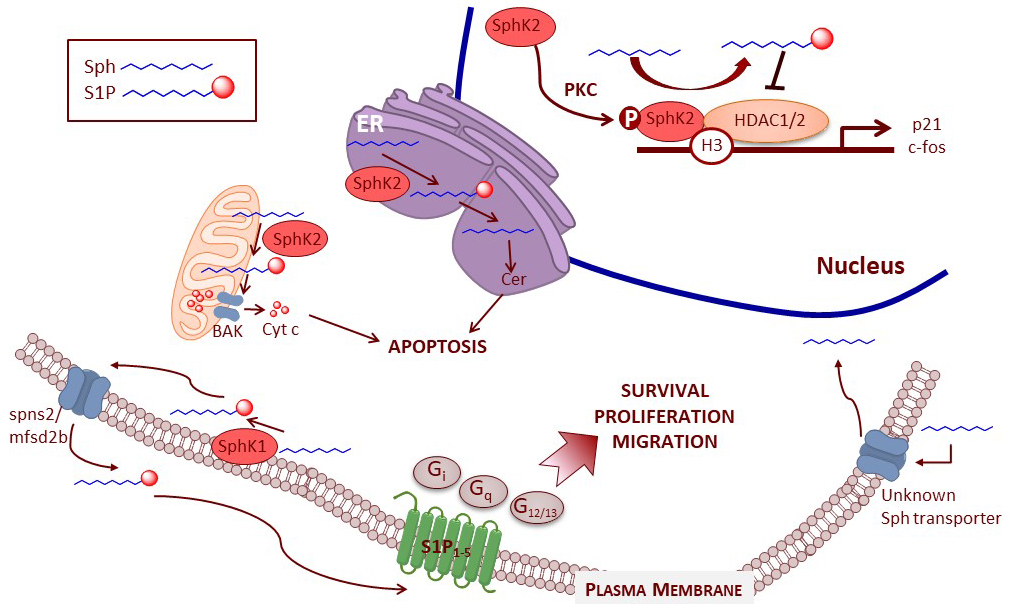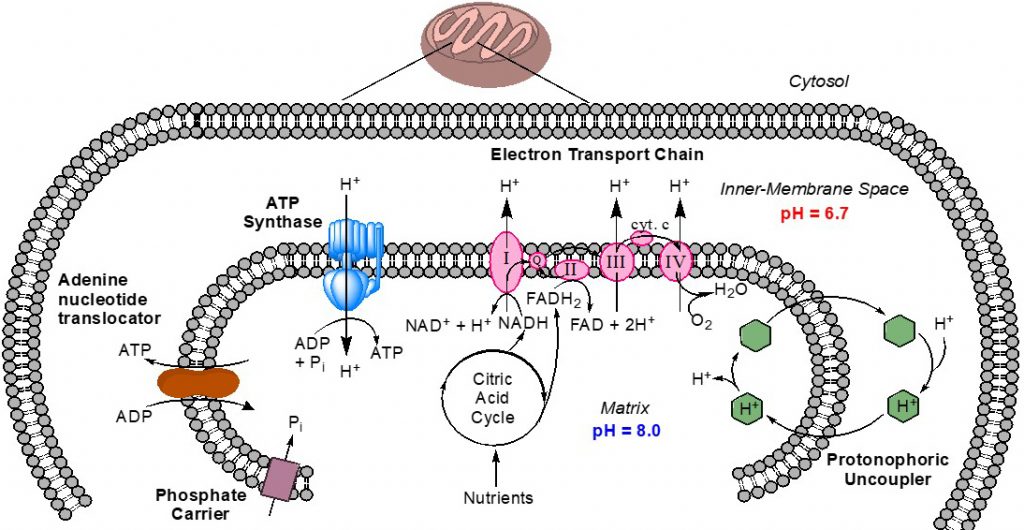Our work in medicinal chemistry focuses on the development of drugs for the treatment of various disease states. For example, mitochondria-selective small molecule mitochondrial uncouplers enable the increase in nutrient oxidation and cellular respiration leading to agents with the potential to treat obesity, diabetes, and fatty liver disease. Molecules that interfere with sphingosine-1-phosphate (S1P) signaling either through inhibition of sphingosine kinases or S1P transporter spns2 or mfsd2b have the potential for treating multiple sclerosis, fibrosis, and more recently, corona virus infection. The main goal our work is to develop these drug-like compounds towards the clinic by extensive structure-activity profiling both in vitro and in animal models of disease. Another thrust in our laboratories is the development of sustainable methods for the synthesis of organic compounds bearing boron, silicon or trifluoromethyl groups. These functional groups are enabling technologies that allows the synthesis of complex molecules or improve the activities of medicinal compounds. In particular, the stereo- and regioselective formation of products is desired.
Development of methods that install boron or silicon into carbon stereoselectively

We develop environmentally friendly methods for the synthesis of commodity materials or organoboron compounds that are medicinally useful.
- Fritzemeier, R.; Gates, A.; Guo, X.; Lin, Z.; Santos, W.L. studies. J. Org. Chem. 2018, 83, 10436.
- Fritzemeier. R.; Santos, W.L. Chem. Eur. J. 2017, 23, 15534 .
- Verma, A.; Snead, R.F.; Dai, Y.; Slebodnick, C.; Yang, Y.; Yu, H.; Yao, F.; Santos, W.L. Angew. Chem. Int. Ed. 2017, 56, 5111 .
Drug Discovery
Sphingosine Kinase and S1P transporters as drug targets

Sphingosine kinases (SphKs) catalyze the phosphorylation of sphingosine from sphingosine-1-phosphate (S1P). S1P is an endogenous signalling molecule that is chemotactic and controls the movement of lymphocytes. While S1P is made intracellularly, it is transported by SPNS2. Controlling the S1P gradient has potential for the treatment of many disease states.
- Childress, E.; Kharel, Y.; Brown, A.; Bevan, D.R.; Lynch, K.R.; Santos, W.L. J. Med. Chem. 2017, 60, 3933.
- Congdon, M.; Kharel, Y.; Brown, A.; Lewis, S.L.; Bevan, D.R.; Lynch, K.R. and Santos, W.L. ACS Med. Chem. Lett. 2016, 7, 229.
Mitochondrial Uncouplers

Mitochondrial uncouplers are small molecules that transport protons from the inter membrane space into the mitochondrial matrix independent of ATP synthase. The net result is increase in respiration. We are developing drugs with potential for the treatment of fatty liver disease, diabetes, neurodegenerative disorders, and aging.
- Childress, E. S.; Alexopoulos, S. J.; Hoehn, K. L.; Santos, W. L. J. Med. Chem. 2018, 61, 4641.
- Kenwood, B.M.; Weaver, J.L.; Bajwa, A.; Byrne, F.L.; Poon, I.V.; Murrow, B.A.; Calderone, J.A.; Santos, W.L.; Rogers, G.W.; Okusa, M.D.; Bayliss, D.A. and Hoehn, K.L. Mol. Met. 2014, 3, 114.